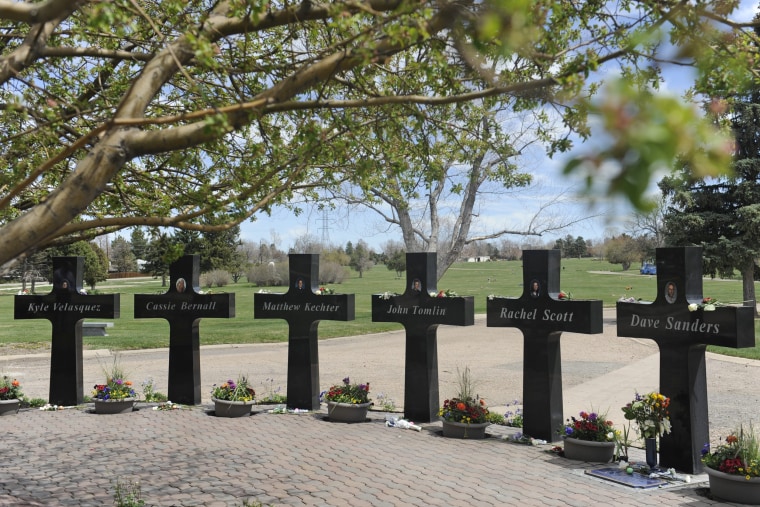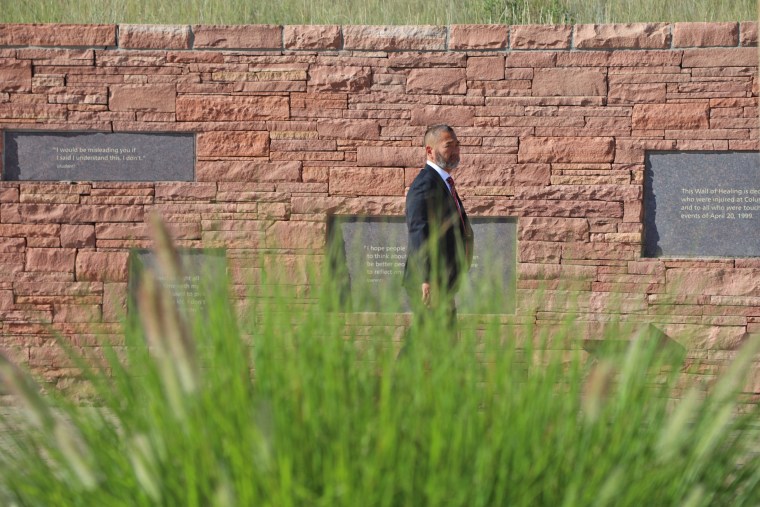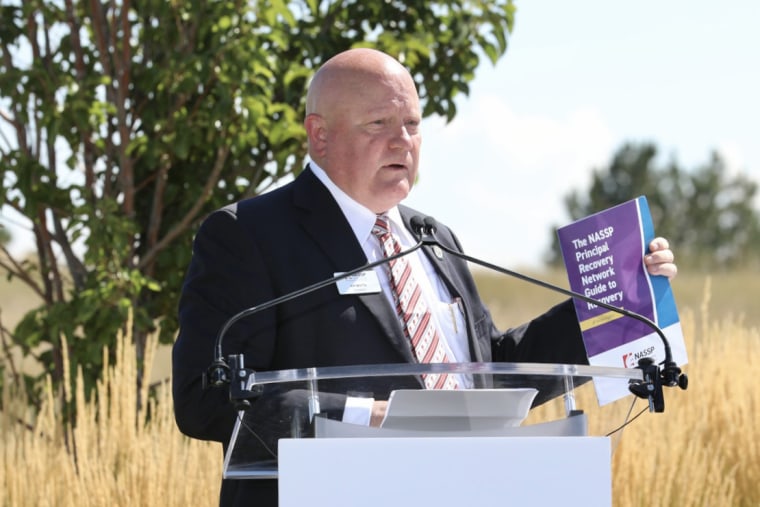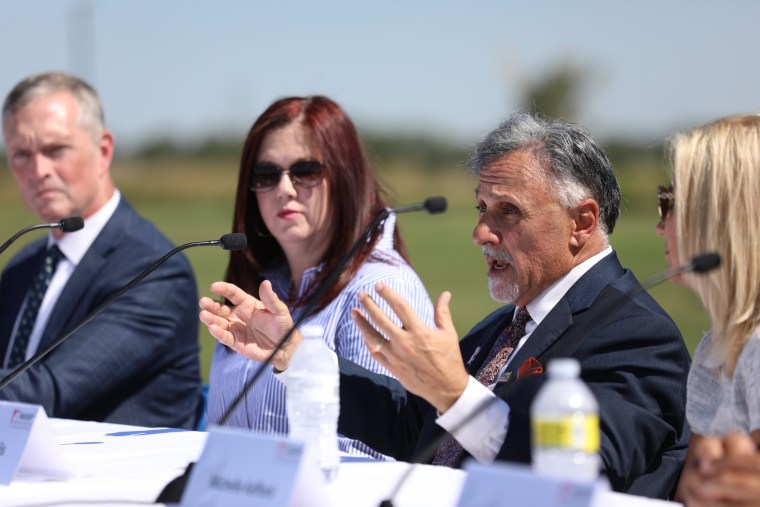As millions of students head back to the classroom this month, the prospect of gun violence on campus poses a grim reality for those tasked with teaching them.
The average number of gunfire incidents on school grounds tripled during the 2021-2022 school year, according to a recent report from the nonprofit Everytown for Gun Safety, with 193 incidents last year, the highest number since the organization began tracking the trend in 2013.
Students at Oxford High School in suburban Detroit, where a suspect opened fire on Nov. 30, killing four students and wounding several others, began their school year Thursday.

In response to such shootings and an overall rise in gun violence in the U.S., the federal government took its most aggressive action in decades in June when President Joe Biden signed landmark gun legislation that provides grants to states for “red flag” laws, enhances background checks to include juvenile records, and closes the “boyfriend loophole” by keeping guns away from dating partners convicted of abuse.
In July, the House of Representatives passed an assault weapons ban that is unlikely to pass the Republican-controlled Senate.
What to know about school shootings
- School shootings rose to highest number in two decades, federal report shows
- Gunfire incidents at U.S. schools dramatically spiked during the 2021-22 school year, report finds
- Texas school massacre latest ‘everyday horror’ in U.S. that would be unthinkable abroad
Even with the renewed focus on guns, principals and others acknowledge the violence will likely continue.
To help principals deal with the overwhelming aftermath of a shooting, colleagues who have experienced such tragedies firsthand formed the nonpartisan Principal Recovery Network in 2019 to help their counterparts across the country navigate such seemingly unfathomable circumstances.
They most recently reached out to leaders at Robb Elementary School in Uvalde, Texas, where 19 children and two teachers were killed in May when a gunman armed with a rifle opened fire.
The network’s members include school officials who led recovery efforts after some of the nation’s deadliest school massacres, such as Columbine High School in Colorado, Sandy Hook Elementary School in Connecticut and Marjory Stoneman Douglas High School in Florida.

This week, the group released its “Guide to Recovery” at the Columbine Memorial, where founding member Frank DeAngelis — Columbine’s principal during the 1999 shooting that killed 12 students and one teacher — offered remarks.
“If you would have told me 23 years ago that a Columbine could have happened at Columbine I would have said no,” he said. “I just joined a club that I don’t want to be a member of. And unfortunately, that club continues to grow but we can’t give up hope.”
Members of the Principal Recovery Network say the 16-page guide offers practical, hands-on advice in five key areas: securing support and responding to offers of assistance; reopening the school; attending to the ongoing needs of students and staff; holding commemorations and annual remembrances; and listening to students.

George Roberts, who was the principal of Perry Hall High School near Baltimore when a student shot another student just hours into the first day of school in 2012, served on the panel that created the “Guide to Recovery.”
“I wish I had a guide like this or a document like this when I’d gone through my situation,” Roberts said. “It would have allowed me to kind of order things, to create an order of operations that I would have gone into the next day.”
Elizabeth Brown, who helped write the guide, became the principal of Forest High School in Ocala, Florida, in 2018, 45 days after a 19-year-old student who had been expelled shot through a door into a classroom, wounding one student.
She said a principal in North Carolina has already made good use of the guide after a gun incident occurred on campus.
“She said that she literally printed it out, kept it on her desk and referred to it day in and day out as she was leading her school through that particular event,” Brown said.

While members of the Principal Recovery Network said there is no all-encompassing blueprint for recovery, they underscored tips that can help principals lead in the immediate aftermath of a shooting, including holding more faculty meetings; providing multiple forms of mental health support, such as trauma counselors and therapy dogs, to students and staff; and making the difficult decision about when to reopen the school.
“Obviously, the goal of the Principal Recovery Network is that this guide is never needed,” Brown said. “This tool is useful for those that have been through it up until today, and hopefully will never be needed by anybody from this point.”
Brown called the guide’s creation a “sacrificial labor,” noting that multiple principals in the network had to relive the trauma of the worst days of their careers to help their peers nationwide.
“We try to obviously remember the victims, but I believe that people forget that for every victim that we remember, there are hundreds more still attending that school every day,” she said.
